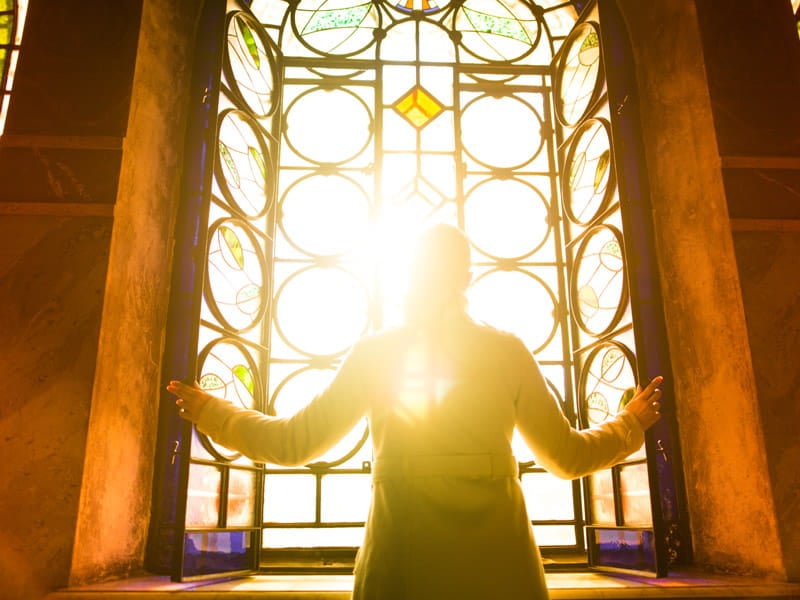May 21--Believing that clergy--even archbishops--should live more simply, Cardinal Francis George on Monday said he will ask archdiocesan leaders to consider selling the landmark mansion that has housed Chicago bishops since the 1880s.
For years some Chicago-area Catholics have called on church leaders to sell the Gold Coast property and put the profits into the parishes.
Now the cardinal agrees. The liturgy, he said, is supposed to be splendid; church leaders' residences are not.
"How do you live in a way that appears simpler when living in that house?" he asked before an afternoon meeting at St. Benedict's School. If he gets approval, he hopes to use the money for a new school fund that would prevent more closings.
But the funds could also be used to pay the costs of settling priest sex-abuse suits. "If the money is needed, that would be a convenient place to look for it," he said.
The proposal to sell is still very much a proposal. "I have to ask a whole flock of people if we can sell the residence," he said. They include councils of clergy and laypeople who may or may not share his enthusiasm to part with the "House of 19 Chimneys," a three-story red-brick building with rounded and angular bays.
Given the hurdles involved in letting go of a residence where Pope John Paul II and President Franklin D. Roosevelt once stayed, the significance of the proposal may be in its sentiment. Church observers say that George has long rejected a lavish lifestyle. While he recognizes the historical significance of the building, he said he has trouble "with the symbolism" of the grand building in one of Chicago's toniest neighborhoods.
It sits on a manicured, half-block lot overlooking Lincoln Park.
That's good news to neighbors who don't want to see another high-rise, but bad news for potential developers not likely to pay top dollar for property they cannot tear down.
"There isn't a much better site in the city of Chicago," said Michael Haney, president of Newcastle Limited, a Chicago-based real estate advisory and development firm. "But its value to a purchaser could be limited by historic designation, zoning restrictions, and neighborhood concerns that might significantly restrict development on the property."
The city, he added, "would benefit seeing that property back on tax rolls."
Jim Kinney, president of Rubloff, a residential real estate firm, guesses the property could sell from "$10 million to $20 million if you can do a lot with it. If you're very hidebound by restrictions, it would probably go for $10 million to $12 million."
Urban myths that the church is forbidden from selling the property because it is held by a trust are untrue, said archdiocesan spokesman James Dwyer. In the 1970s and '80s, a group of Catholics sought to persuade first Cardinal John Cody, and then his successor, Cardinal Joseph Bernardin, to sell the mansion.
Historic preservationists view the potential sale of the mansion now with a cautious eye, although they say that it's unlikely much would be done to alter the property because it is protected as a city landmark.
"Anytime a major piece of Chicago architecture is sold--and this is certainly a major piece--we worry about what might happen to it," said David Bahlman, president of the Landmarks Preservation Council of Illinois, a non-profit advocacy group.
"In this case, we at least know there would be a public process if an owner wanted to change the property," Bahlman said.
Built under the direction of Chicago's first archbishop, Patrick A. Feehan, the residence houses a small chapel; rooms for resident clerics; a kitchen; a dining room; and numerous fireplaces. The archbishop's quarters are on the second and third floors.
The mansion is now home to George, three clerics and some staff. Three nuns live in a former coach house in the back.
George said he does not imagine that he will move to a two-bedroom apartment. Simplicity may be the goal, he said. But an archbishop has to have room for guests.

